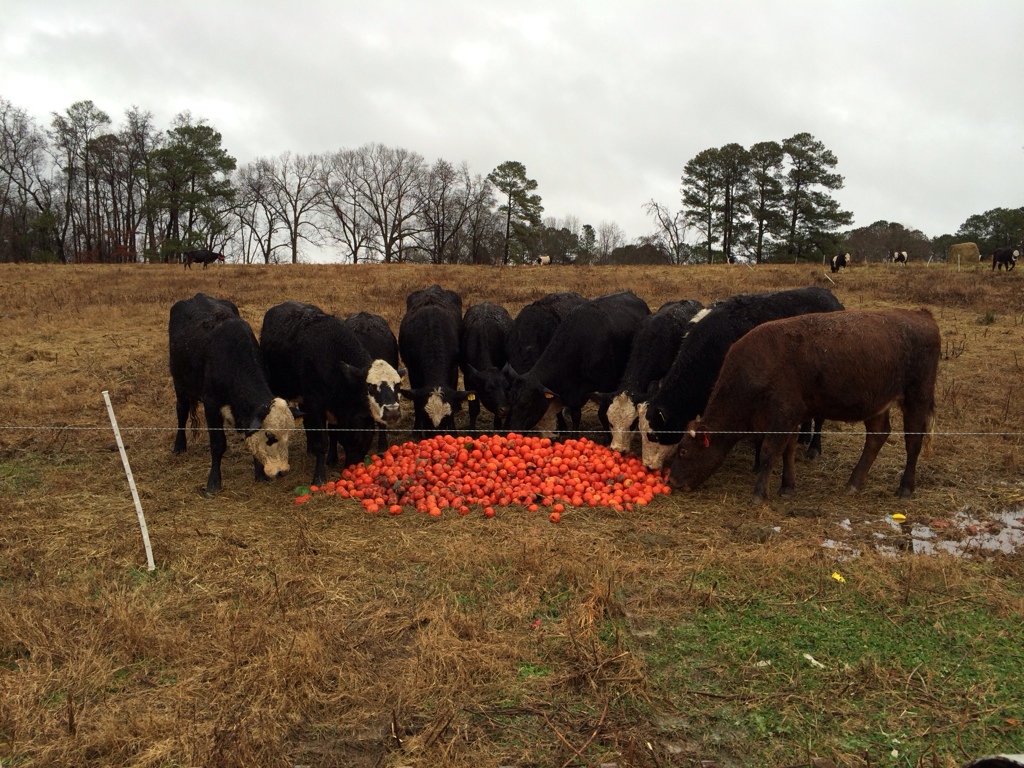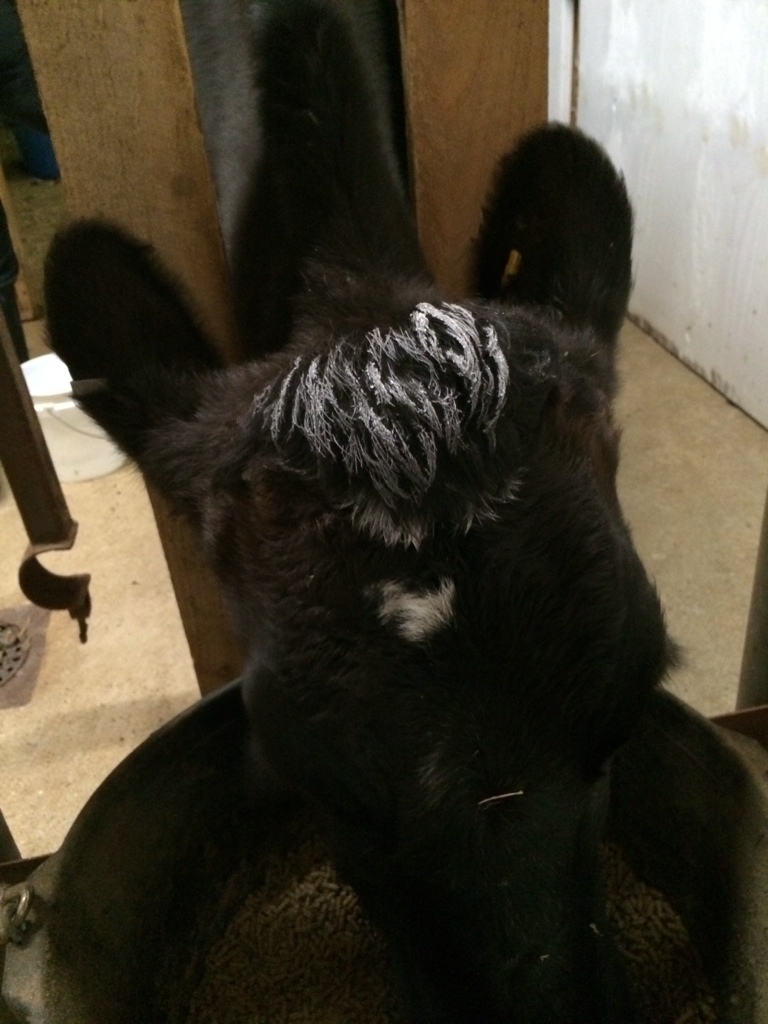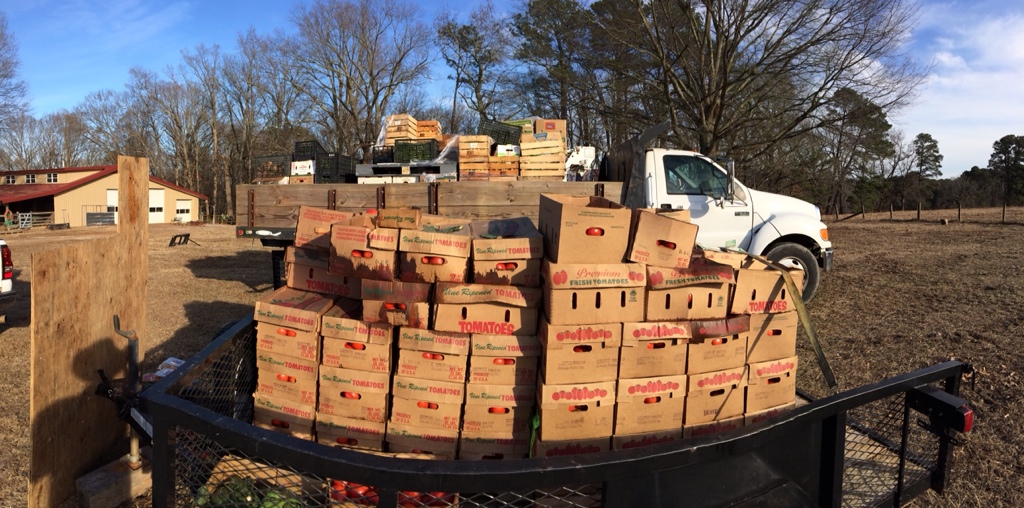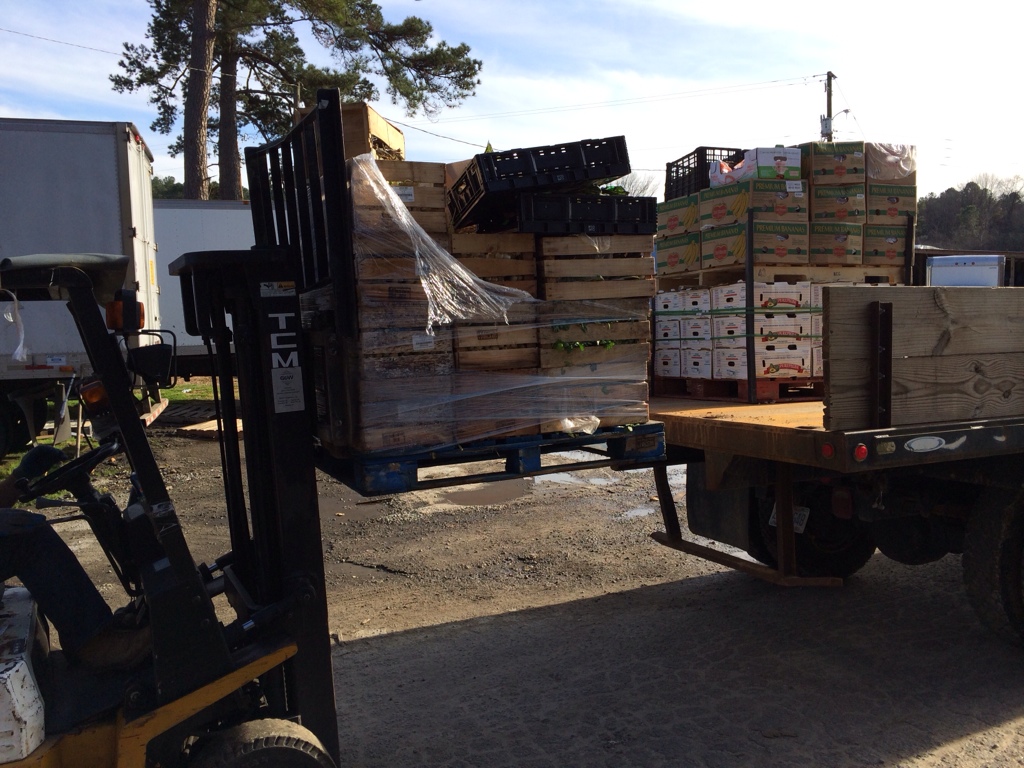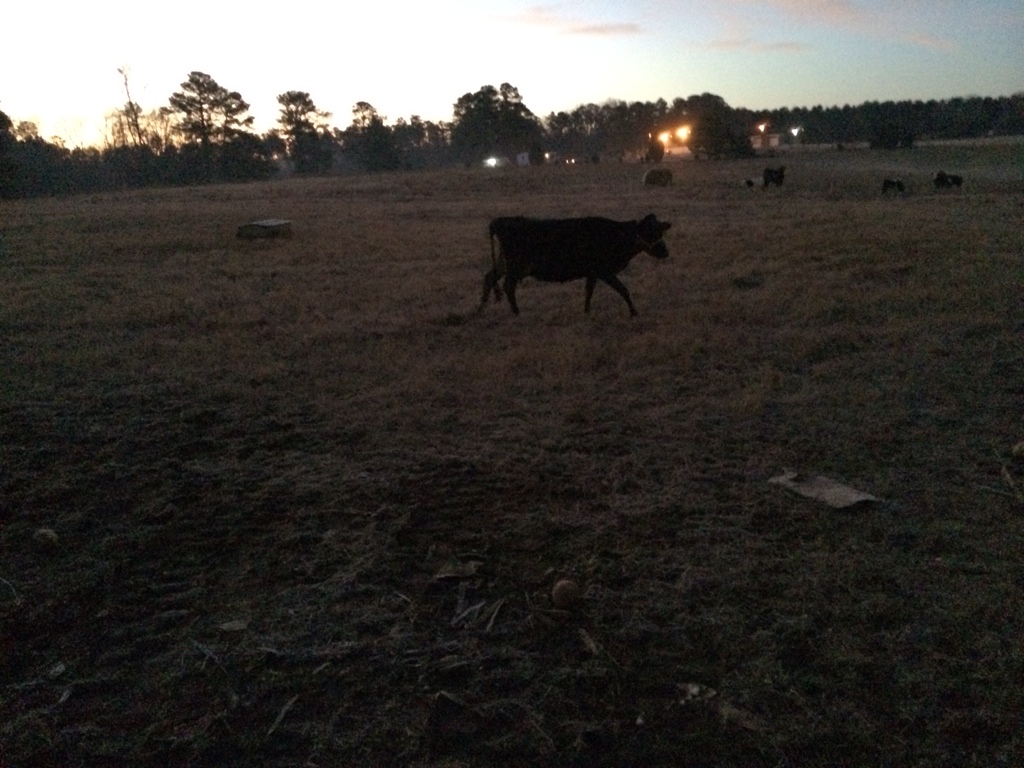Another reason I haven’t been in a hurry to sell any cows is because I just haven’t been satisfied with my meat quality.
Firstly, I am my own worst critic. I have people that love our meat and would buy it today if I had some for sale. Despite this I continue to hold back and work on our methods until I am satisfied.
Second, I go to various local meat sellers on occasion and buy their beef. We don’t have our own beef in the freezer so it makes Darling Wifey happy to have a steak occasionally plus its market research for me. What I have found is that while I may not be happy with my beef, I am much happier than I am with some of the beef being sold. I’ve stood in line to buy beef that I ended up giving to my dog. I am not knocking other peoples product but there is such a demand for grass fed beef that people are lined up for beef that I don’t think passes muster. I thought maybe this was a local phenomenon but recently I had the occasion to have a grass fed ribeye steak in a very nice restaurant. The steak cost $66 for a 16oz. The flavor was good however the steak itself was tough to the point I couldn’t cut it with the knife provided and I pulled out my pocket knife, which was very sharp, in order to finish my steak. The restaurant was very proud that their steak came from this California grass fed beef operation which I am sure is very successful and well run. I had a revelation while eating that $66 steak. I can produce steaks this good. If this is a well finished grass fed steak good enough to be exported to another state and sold in a high end restaurant then I am being too hard on myself and my cows.
I am going to continue to try to do better but grass fed is different than grain fed and that’s not only ok, it’s what we want. Real flavor, real meat. We have our first cow that should be ready this spring, with more coming. A large part of that cow will be going in my freezer to feed my family. If it passes the test, we will have more for sale not too long after that. It will be good to be back in the sales business and bringing in some income to the farm. It will also be great to finally be able to say yes when customers want to buy from me. I hate saying no to a customer.
